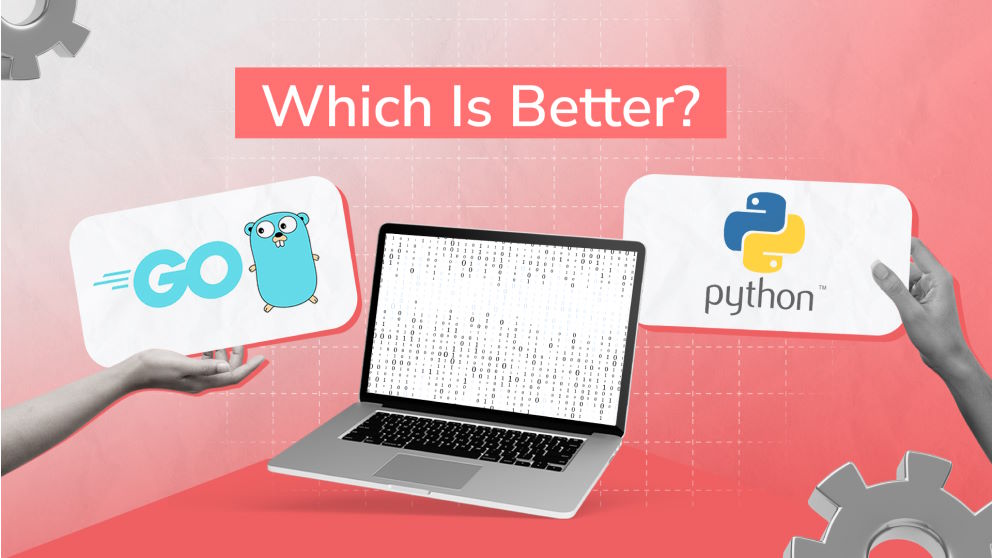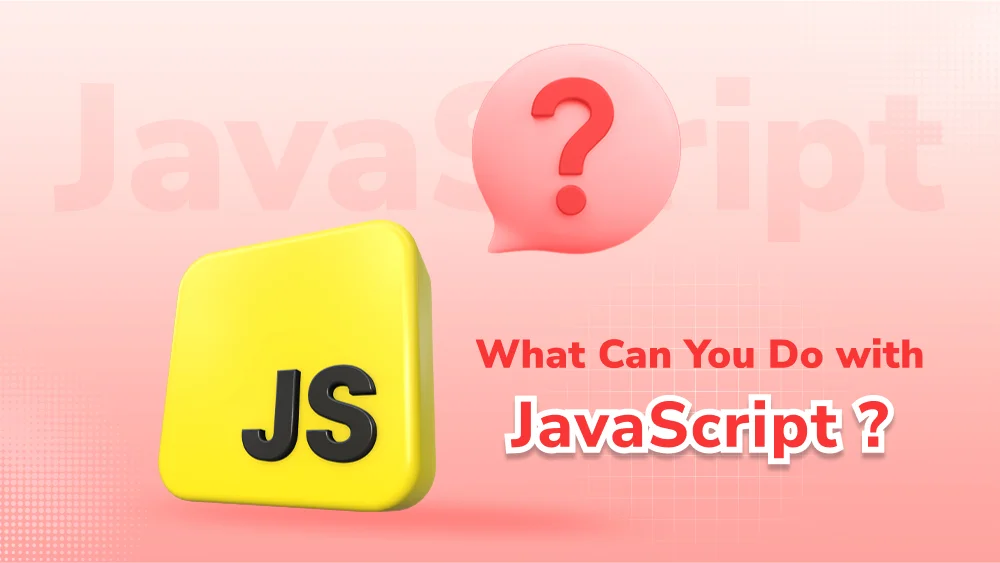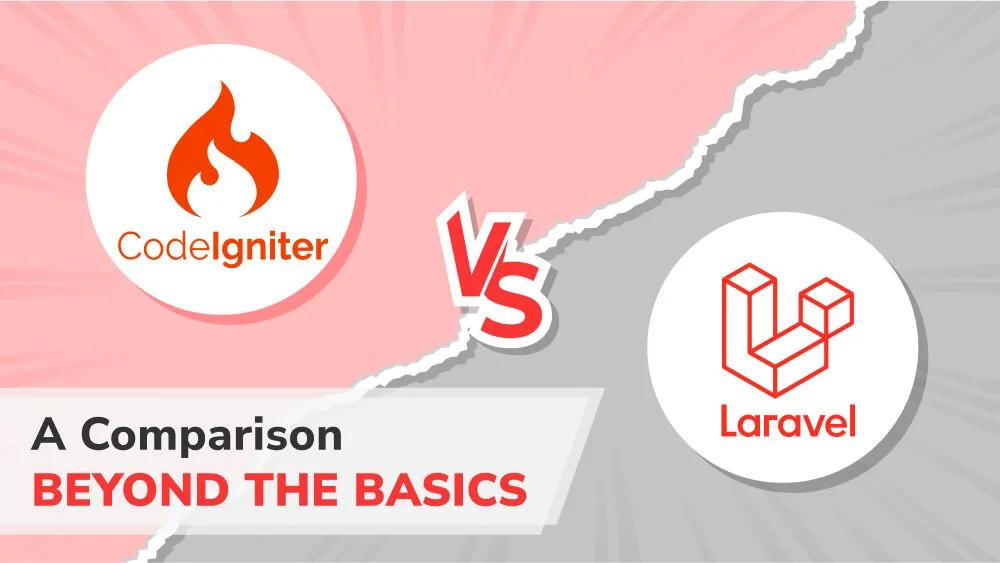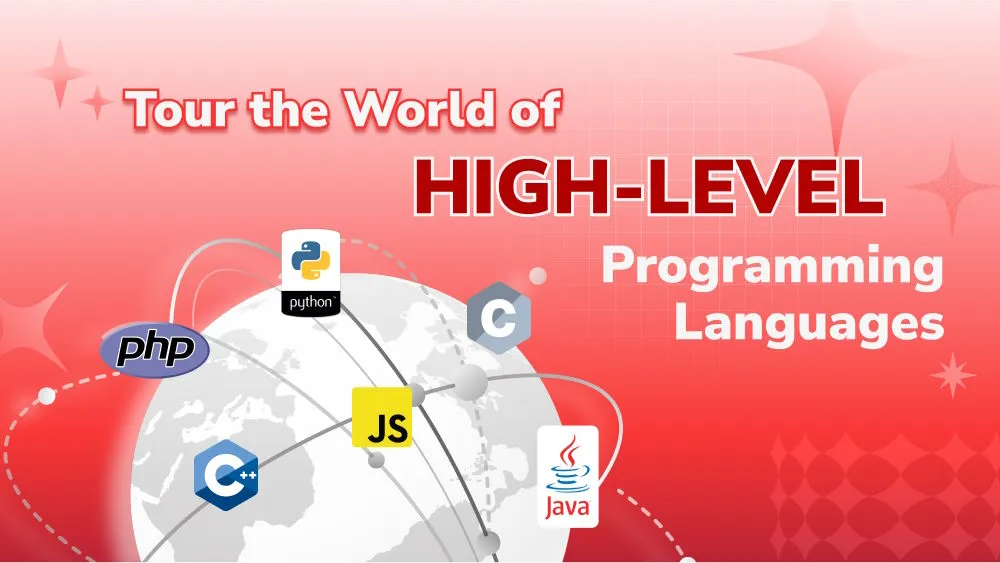
Finding the Best .NET Alternatives for Your Project
Find out the strongest .NET alternatives to meet your and your team’s diverse software development needs.

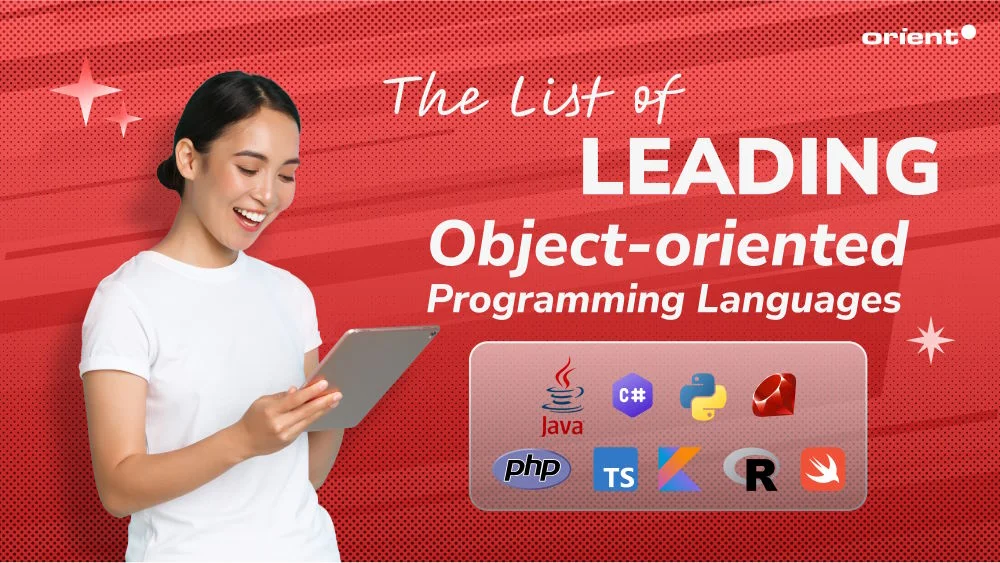
Object-oriented programming (OOP) is a hot topic in the software development world. It is a popular paradigm in computer science. The object-oriented approach enables programmers to create more complex systems by building on previously existing code, which makes it easier for others to understand and work with the new program.
There are many different languages that support object-oriented programming - all use slightly different syntaxes yet share the same general OOP concepts. In our blog, we will go through a list of object-oriented programming languages that are most prevalent today.
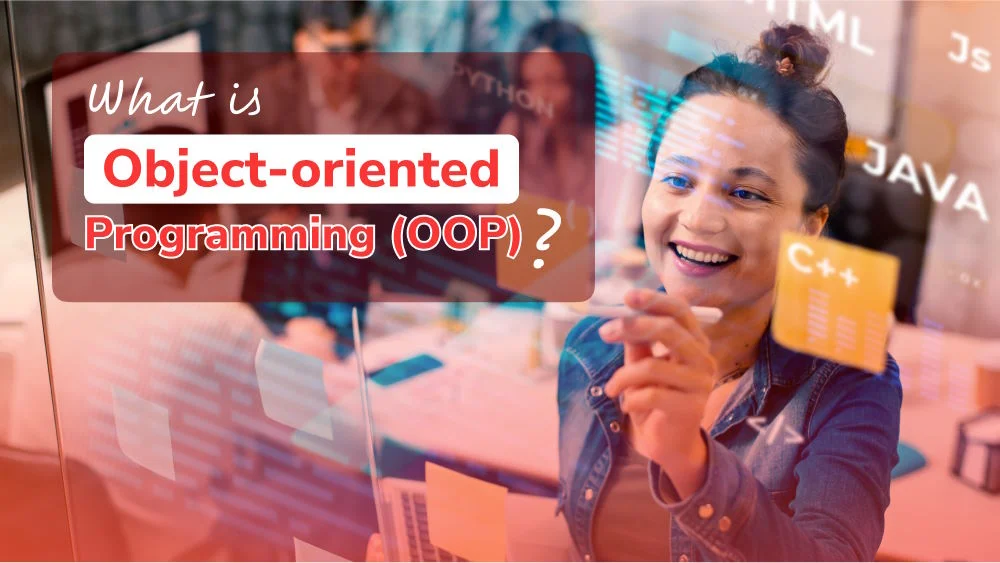
Object-oriented programming, or OOP, is a type of computer programming paradigm that centers around the concept of “objects.” In OOP, an object is a self-contained component that contains data in the form of fields (often known as attributes) and code in the form of methods.
The object-oriented style emphasizes the importance of objects and their interactions with one another in designing and programming applications. The essence of OOP is to encapsulate elements of a program (such as variables, data structures, and functions) within objects. Thereby, object-oriented programming aims to treat these parts of a complex program as cohesive units.
Object-oriented programming is set to increase code reusability by creating different classes for different types of information, which allows developers to easily add features when they need them without having to change existing code. This also saves development time and makes programs easier to maintain because if there’s a bug or a defect, you can fix it in one place instead of having to search through multiple files looking for where the error occurs.
Object-oriented programming is exceptionally suited for designing and building complex computer programs. These are usually large programs that solve complicated problems. That’s because object-oriented programming helps us break down the problem into manageable chunks, like “persons” and “calculations.” The program can then use each of these manageable chunks of code to do its thing.
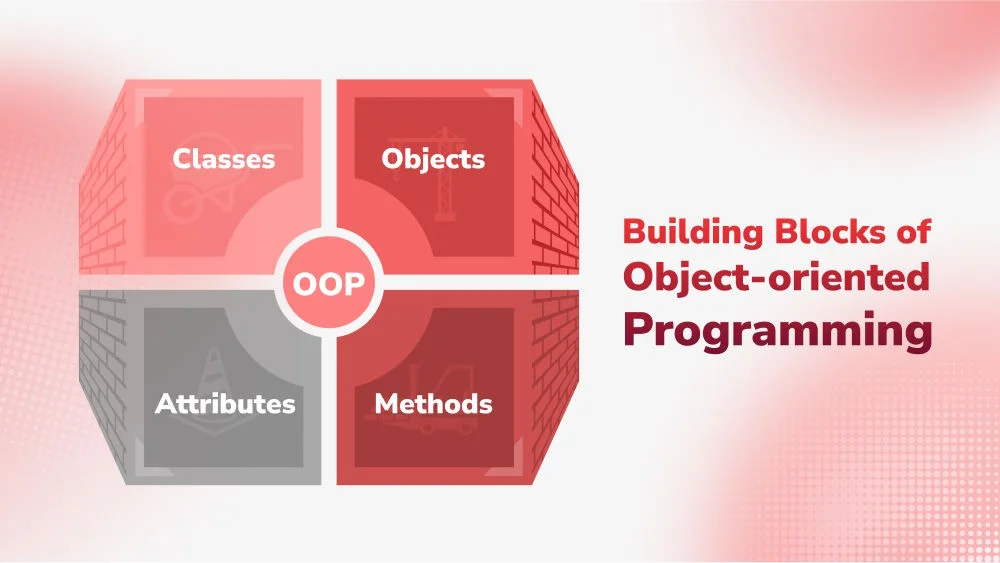
The four basic building blocks of object-oriented programming are classes, objects, methods, and attributes.
A class can act as a blueprint for creating objects. It encapsulates data and behaviors that all instances of that type will exhibit. In object-oriented programming, classes are defined by specifying a set of properties and methods. Each object maintains its own set of attribute values in the class.
Methods are akin to functions, but they are defined within a class and can operate on instances (objects) of that class. Their primary role is to execute specific tasks or operations, especially those that manipulate data or properties of an object. Each method is accessible and executable by the objects of the class it belongs to, and it allows these objects to share common functionalities while maintaining their individual states.
Methods have the capability to both access and modify the properties of the objects they are associated with. This means that any object of a particular class can invoke the same method, yet the effect of that method is localized to the invoking object unless designed to affect class-wide states or behaviors.
Attributes, also termed properties or instance variables, constitute the foundational data fields within a class in object-oriented programming. These fields are designed to store data (Values) or states pertinent to each object instantiated from a class, thereby delineating its unique characteristics and behaviors. The versatility of attributes allows them to store diverse types of data, such as integers, strings, booleans, etc.
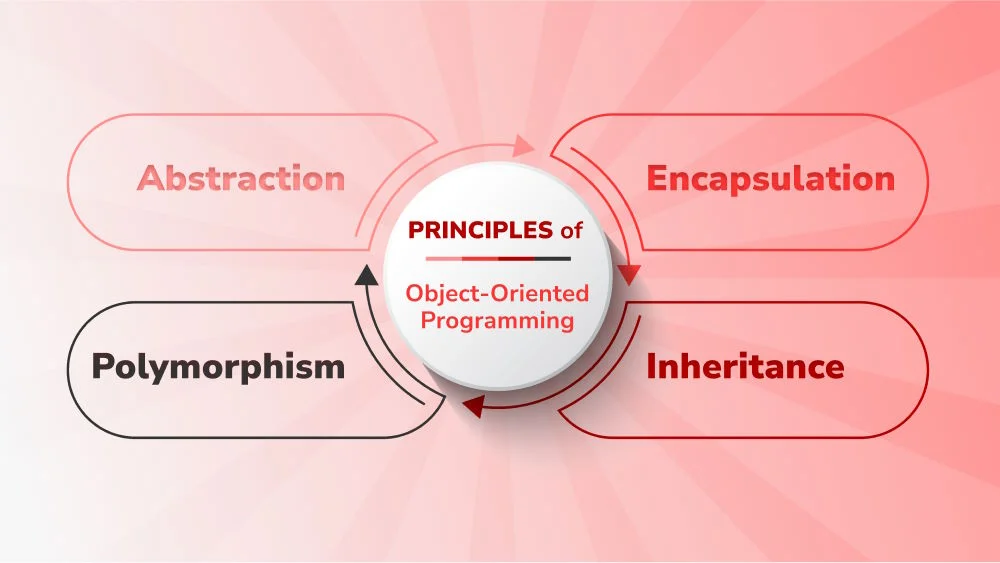
Four principles of OOP that you should know before learning any object-oriented programming language include:
Abstraction, a fundamental concept in programming, involves data hiding - which means limiting access to specific attributes or functions of an object in order to prevent unwanted modifications. In object-oriented programming, abstraction is used in the creation of abstract data types (Such as tuples, sets, stacks, queues, and graphs), which are not defined by their internal structure but by what they do from a user’s perspective.
This includes the kinds of values they can monitor, the operations that can be performed on these values, and how these operations behave. By only exposing the relevant parts and hiding non-essential ones, data abstraction enables developers to concentrate on the big picture and not get bogged down by unnecessary details.
This is one of the typical object-oriented features. Encapsulation refers to the practice of bundling the data (attributes) and functionality (methods) that operate on the data into a single unit or class. The encapsulated unit can be manipulated as a coherent object - which can be treated somewhat like a variable - allowing it to be passed around within the code. This mechanism serves to shield the internal workings of an object from external access and modifications by other parts of the program or by developers themselves.
Therefore, encapsulation in OOP plays a crucial role in safeguarding data integrity. Additionally, encapsulation facilitates the creation and management of interfaces between different objects, which promotes modular and maintainable code structures by setting clear boundaries and interaction protocols among components.
Allows one class, called the base or superclass, to be inherited by another class, called the derived or child class. In simple terms, inheritance enables developers to create new classes, also known as sub-classes or child classes, from existing ones (parent classes). The parent class passes its attributes and methods down to the child class. This eliminates the need to rewrite redundant code and promotes code reusability.
The term “polymorphism” originates from the Greek words “poly,” meaning many, and “morphism,” meaning forms. In object-oriented programming, it refers to the ability of an object to take on various forms or be polymorphic. In more detail, polymorphism enables objects of various classes to be treated as the ones of a common superclass. This characteristic is primarily achieved through inheritance, where a subclass inherits behavior (methods) and properties (attributes) from a superclass but has the ability to override or extend these behaviors and properties to exhibit new behaviors.
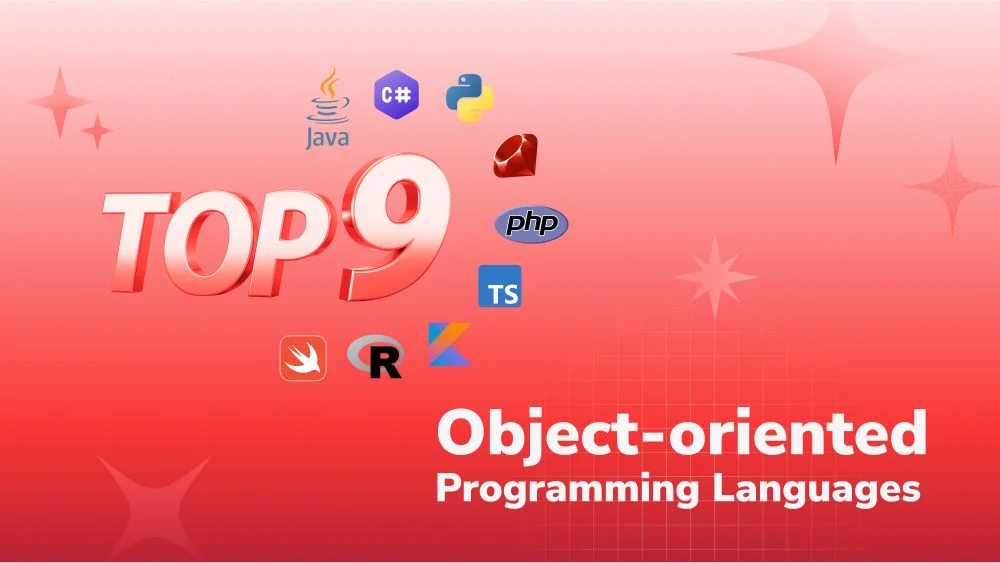
Our blog will go through the nine object-oriented programming languages commonly used today, including Java, C#, Ruby, Python, TypeScript, PHP, Kotlin, R, and Swift. Each language has different strengths and weaknesses, but they’re all object-oriented.
Before we go over the ten OOP languages, let’s take a look at what an object-oriented programming language is.
An object-oriented programming language is a programming language that represents the elements of a problem as objects, which contain data and behavior. Real-world objects are used to model the state and behavior of real-world entities in your application. Object-oriented languages can be subdivided into categories depending on their particular type of system, also referred to as static or dynamic typing. Compared to other programming languages, object-oriented development is a streamlined and structured methodology, which is particularly beneficial for developers tackling complex projects.
So, if you’re set on learning a solid OOP language, we have got you covered with our list of the top object-oriented programming languages:
Java is one of the oldest, most popular, and well-known object-oriented languages. It was designed to be platform-independent and easy to learn, and it has become the primary language used for Android app development.
Java also enjoys a strong following in the business world thanks to its robustness and security features. This is a great programming language for beginners because it is simple to learn, but it can also be used for large projects where reliability is key.
Since its release in 1995, Java has gained immense popularity. It is part of the CPU on Mac OS X and every Android device. It powers most websites that use content management systems like WordPress or Drupal, and it’s used to code everything from iPhone apps to video game consoles.
C# is a multi-paradigm language developed by Microsoft. It is an object-oriented programming language that also supports functional, imperative, and generic programming paradigms. C# was developed in the early 2000s. It’s very similar to the first language - Java, but it has been designed with the .NET framework, making it a little easier to code for Microsoft platforms like ASP.
C# has been gaining importance in the OOP community due to its interoperability with .NET Framework. Furthermore, it can be used to develop Windows desktop applications and Android mobile apps.
C# is a good choice for beginners because it’s easy to learn and has strong support from the industry. However, due to its popularity, many online resources can make learning this OOP language easier than other languages.
This is a high-level object-oriented programming language that is easy to learn and enables developers to work faster and integrate systems more effectively. It’s a dynamic, interpreted language that emphasizes code readability and supports multiple programming paradigms, including functional, object-oriented, procedural, and imperative.
Python is a multi-paradigm programming language built by Guido van Rossum. Python is a good choice for beginners because it is easy to learn and read. It also has a strong community that produces a lot of great resources. It’s a versatile language that can be used for scripting, web development, scientific computing, and more.
Ruby is a dynamic, open-source programming language focusing on productivity and simplicity. Developed in the 1990s by Yukihiro Matsumoto, Ruby has an elegant syntax that is natural to read and easy to write. Ruby has an extensive and comprehensive standard library, and its simple design makes it very reliable and portable.
One of the best things about this OOP language is its community. The Ruby community is very active, and there are a lot of great resources available online. Safe, object-oriented, and expressive, Ruby is a powerful scripting language that feels natural to program in.
PHP is one object-oriented language most commonly used to create dynamic web pages and is also a popular programming language in general. Developed by Rasmus Lerdorf in 1995, PHP was designed for web development and is commonly used in conjunction with HTML and CSS.
PHP is a good choice for beginners because it’s also easy to learn and has a strong community that produces great resources.
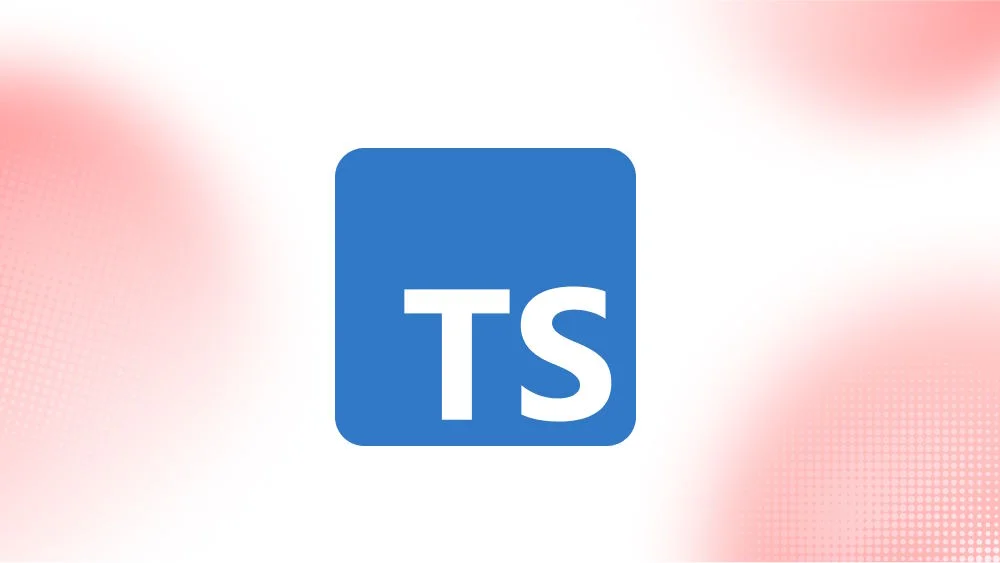
TypeScript is an object-oriented programming language. It is a superset of JavaScript that provides optional static typing, interfaces, and classes. The syntactical additions to JavaScript can be beneficial when writing large-scale applications that are expected to function correctly. In addition, TypeScript files get compiled into standard JavaScript files that can be run in any browser or run engine (like Node.js).
Moreover, TypeScript offers type inference, which helps you write code faster and with fewer errors. It also provides an alternate syntax for constructors and destructors. This syntax makes it easier to identify objects by name since they are always written first in the literal object. In addition, its open-source nature allows it to be quickly adopted into existing JavaScript projects or developed on its own.
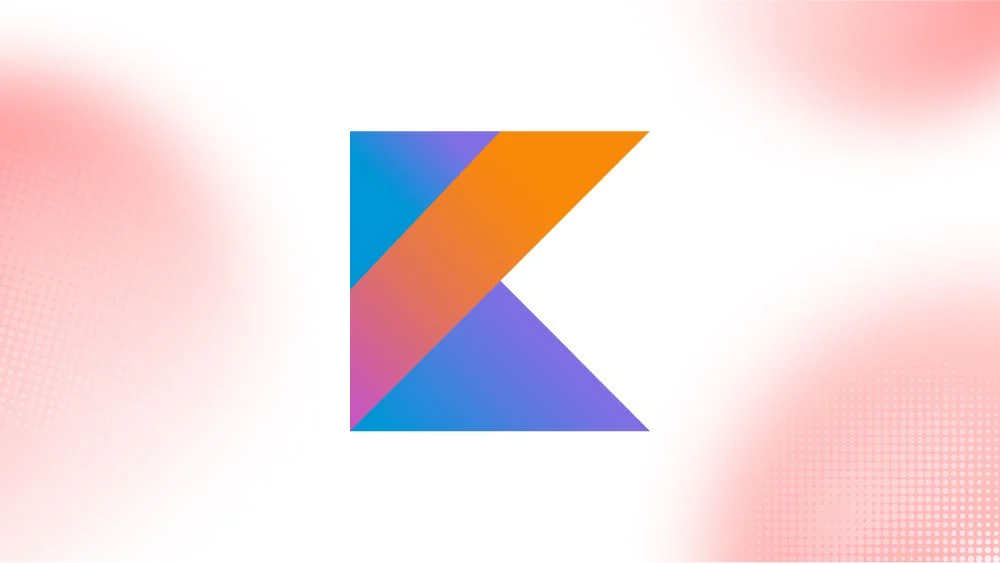
Kotlin was developed by JetBrains in 2011. The language has witnessed a drastic increase in adoption since Google endorsed it as a preferred language for Android app development in 2017. In essence, Kotlin is a statistically typed, general-purpose, high-level programming language that runs on Java Virtual Machine (JVM) and fully supports object-oriented features. Beyond its roots as a JVM-based language, Kotlin boasts cross-platform capabilities through Kotlin Multiplatform, so developers can write code that operates across platforms, such as iOS, Android, web, and desktop.
Moreover, the Kotlin language enhances safety and performance, supports object-oriented and functional programming paradigms, and introduces features like null safety, extension functions, and coroutines to reduce boilerplate and improve code safety and conciseness.

In fact, R is primarily a language and an environment for statistical computing and graphics. Even though R is best known for its capabilities in terms of data analysis, statistics, and graphical models, R does support object-oriented programming.
R supports several OOP systems, including S3, S4, and Reference Classes (RC), each offering different levels of complexity and feature sets. This makes R quite versatile in handling OOP, albeit not as straightforward as languages designed with OOP as their core paradigm.
R is an ideal programming language for data scientists and statisticians due to its extensive library of statistical and graphical packages. It also has a strong user community that constantly adds new resources to make data analysis even more efficient and robust. Additionally, R’s open-source nature allows users to modify and contribute to its development. Overall, R is an excellent choice for those looking to perform complex statistical analysis and create insightful visualizations.
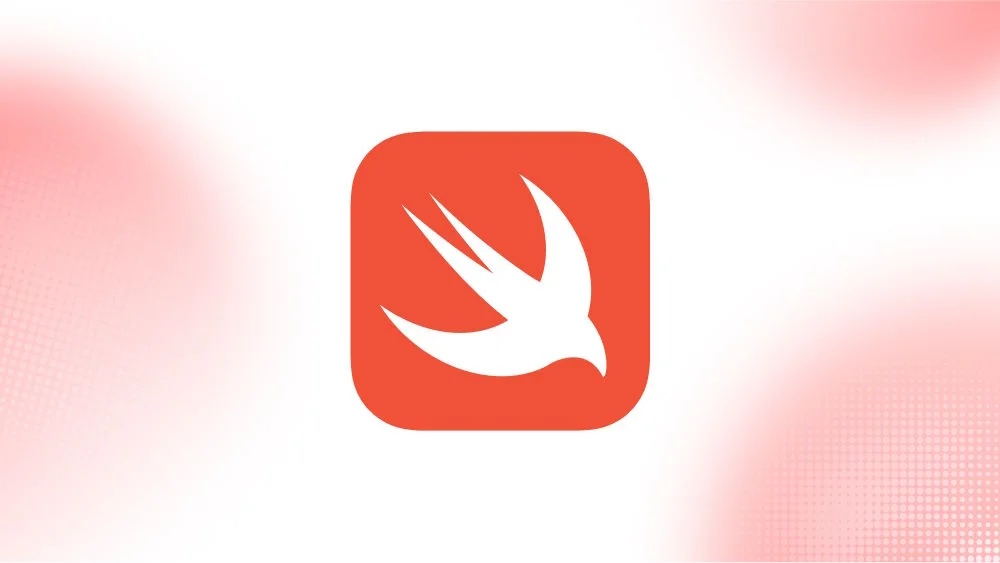
Swift is an open-source coding language developed by Apple in 2014. It was invented with the aim to replace Objective-C as the primary programming language used for iOS, macOS, watchOS, and tvOS development. Since its release, Swift has gained popularity due to its modern syntax, memory safety features, and simplicity.
Swift is a strongly typed language that supports both object-oriented and functional programming paradigms. Also, it comes with an extensive standard library that includes commonly used data types and algorithms. One of the key benefits of utilizing Swift is its ability to work seamlessly with Objective-C code, so it is easier for developers to switch from one language to another.
In the world of software engineering, there are plenty of languages with different programming paradigms, such as functional programming languages, procedural programming languages, scripting programming languages, logic programming languages, and object-oriented programming languages.
Out of all the paradigms, OOP has become one of the most popular approaches due to its ability to organize code better and promote reusability.
In this list of object-oriented programming languages, we have gone through the top 9 most popular OOP languages in use today. Each language has its own plusses and minuses that make it better or worse for different uses.
For example, if you need a server-side web app framework to build your application’s backend logic in which speed is key, then Ruby may be best suited for you, while if data integrity is more important than speed (i.e., an online banking website), then PHP would likely be a better choice. We recommend consulting with a developer who specializes in one of these popular object-oriented languages before deciding the best one for your project.
Are you seeking a reliable partner to entrust with your upcoming software development project? Look no further. Come to us. We are Orient Software - an IT outsourcing service provider based in Vietnam. We have a comprehensive array of services to offer, ranging from custom software development, staff augmentation, dedicated teams, and QA testing. Wanna talk to our experts today? Leave us a message, and we will get back to you within three business days.
Find out the strongest .NET alternatives to meet your and your team’s diverse software development needs.
When it comes to Golang vs. Python Performance, choosing the suitable programming language is a key first step toward a successful project.
JavaScript is a programming language that you can use to build websites, create online games, and much more. Learn what you can do with JavaScript here.
CodeIgniter and Laravel are similar yet very different PHP frameworks. Here are the differences between CodeIgniter vs. Laravel that you need to know.
With high-level programming languages, you wouldn’t need to understand what the 0s and 1s mean to create impactful websites and applications.
